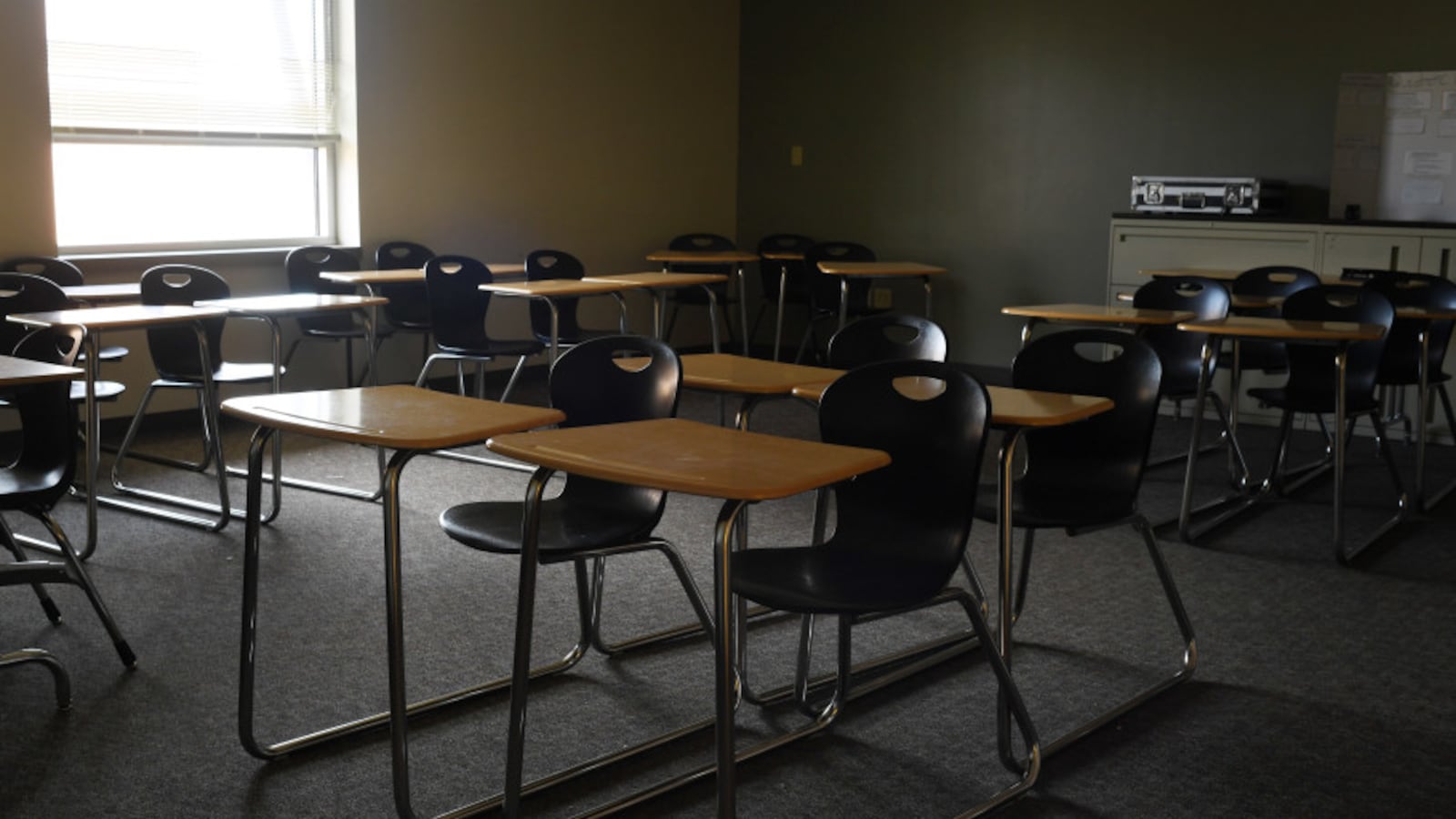Financial help is on the way for Indiana public schools to educate students remotely during coronavirus closures. But State Superintendent Jennifer McCormick cautioned school leaders not to get too excited.
Indiana will receive $215 million of the $13.5 billion that the federal government is handing out to states, McCormick said. That stimulus package may sound big, but it’s not a lot compared with the $9.6 billion the state spends each year on schools.
During a webinar on Tuesday, McCormick said no one is going to “get rich” with the extra money. It can be used for things like buying technology to get remote learning off the ground, sanitizing school buildings, and starting summer learning programs.
“The money goes quickly and it’s not as much as we might think it is,” said the state’s Chief Academic Officer, Robin LeClaire.
The stimulus funding will be distributed based on the number of low-income students in each district. That will give those districts an additional payment worth about three-quarters the federal money they usually receive each year to serve poor children, LeClaire said. The money can be used for any of their schools.
For Indianapolis Public Schools, three-quarters of its 2019-20 federal fund pot, known as Title I funding, would be about $18 million. IPS receives some of the highest federal funding in the state, which aims to boost high-needs schools. For Lawrence township, three-quarters of its Title I funding would be around $2 million.
The state will also receive $60 million for higher education, early childhood education, and some of the districts hit the hardest by COVID-19. Gov. Eric Holcomb will distribute that money.
State leaders previously said state funding for schools will remain steady this year even though tax collection has been postponed and buildings are closed due to coronavirus. Schools will receive the state funding budgeted for 2019-20. Districts are still paying teachers and other staff during the closures.
For next school year, McCormick said that federal funding for schools could change, depending on the economic impact of the coronavirus.
The state has urged Indiana districts to track unexpected or additional costs due to the virus and emergency closures. All schools in Indiana are mandated to close through at least May 1 — an order that could potentially be extended through the end of the school year.
State officials do not know exactly how many schools are providing students with computers and e-learning opportunities during closures. In Indiana, those decisions are left up to individual districts.
McCormick said a survey of school districts and charter schools showed, as of Monday, 91% of respondents were offering some kind of educational opportunity for students. But that doesn’t necessarily mean those students are doing assignments and talking to teachers online. Some districts are using paper packets of work or more generic lists of activities for students to complete on their own.
Nearly all school districts — 97% — responded to the survey. Only about half of the state’s more than 100 charter schools participated, McCormick said.
The survey also showed that 2% of respondents are offering child care, something McCormick said more districts may need to be prepared to offer for the children of essential workers. And 95% of respondents are doing something to get food to families during the closures.
As for other questions from school leaders about teacher evaluations, spring referendums, summer school, and graduation requirements for seniors, McCormick provided few answers. She said the state will issue more guidance as quickly as possible.

